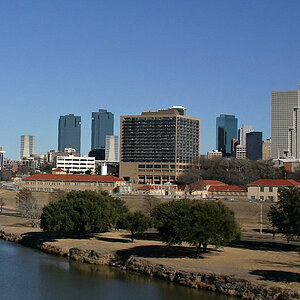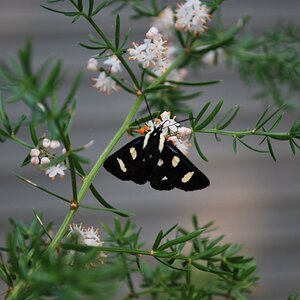jsecordphoto
Been spending a lot of time on here!
- Joined
- Oct 26, 2013
- Messages
- 1,493
- Reaction score
- 1,055
- Location
- new hampshire
- Can others edit my Photos
- Photos OK to edit
Photographing and Processing the Constellation Orion: Astrophotography Image Stacking and LRGB Processing – Lonely Speck
So I saw this guide that was posted on Petapixel and Fstoppers last week, that looked amazing and gave me an excuse to go photograph the night sky in the "off season" (non milky way). Last night, the new moon, was perfectly clear (and cold at around 0 degrees), so my buddy and I went out to a nearby dark spot to try it out. In the guide Ian uses an A7s at iso25,600 f2 for 4 seconds, I went with iso12,800 f2 and 8 seconds using my nikon 50mm 1.8.
I was honestly pretty surprised on how much detail was visible just on my camera's screen around Orion with an 8 second exposure. I followed his tutorial pretty closely, and it was definitely fun trying something new, but he got FAR more detail than I did. Not sure why but it was still cool to try out.

So I saw this guide that was posted on Petapixel and Fstoppers last week, that looked amazing and gave me an excuse to go photograph the night sky in the "off season" (non milky way). Last night, the new moon, was perfectly clear (and cold at around 0 degrees), so my buddy and I went out to a nearby dark spot to try it out. In the guide Ian uses an A7s at iso25,600 f2 for 4 seconds, I went with iso12,800 f2 and 8 seconds using my nikon 50mm 1.8.
I was honestly pretty surprised on how much detail was visible just on my camera's screen around Orion with an 8 second exposure. I followed his tutorial pretty closely, and it was definitely fun trying something new, but he got FAR more detail than I did. Not sure why but it was still cool to try out.



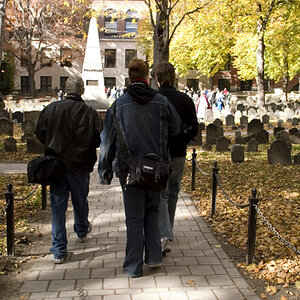

![[No title]](/data/xfmg/thumbnail/38/38742-02271ebbfd9d0efdddfac04f9fde5694.jpg?1619738704)
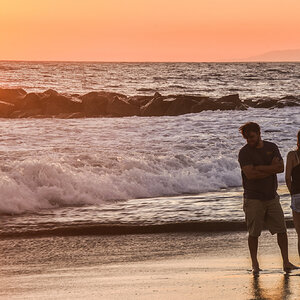
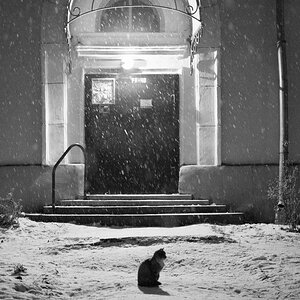
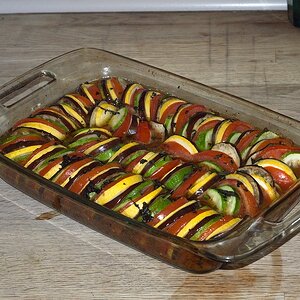
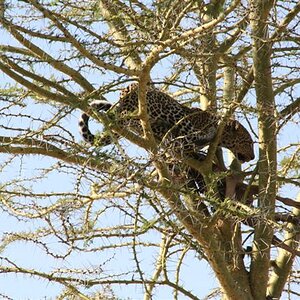
![[No title]](/data/xfmg/thumbnail/37/37128-189b79232a3c6bf0c2c530e4eea0b8cd.jpg?1619737884)
![[No title]](/data/xfmg/thumbnail/32/32703-dc864e762c9e91088156fdcab4aeea33.jpg?1619735606)
![[No title]](/data/xfmg/thumbnail/42/42483-f2f2bc205a7f02ea47df4ffc45d86e24.jpg?1619740195)
